Cement cladding is widely used to form the external cladding of a building due to the high performance of the building material. Fiber cement sheets were launched as a replacement to asbestos which were widely used initially but it was found to have serious health hazards.
Post your Requirement
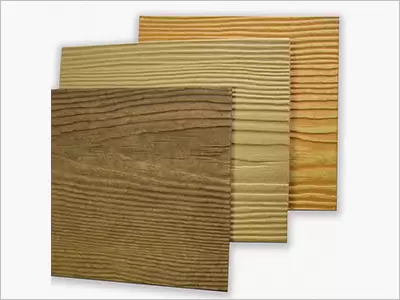
The Cement cladding sheets are composed of cellulose, cement and water that are connected to a multi layered reinforcing fiber structure that adds to the strength of the sheets. They are available in thickness between ¼’’ to ½’’ inch and standard sizes of 4 feet by 8 feet and 3 feet by 5 feet. Cement cladding can be nailed to a wooden or brick surface, they are available in various colors, textures and are a pain-table material.
Cement cladding finds a wide range of applications in residential, commercial and industrial buildings as an external and internal cladding material that is used for wall surfaces, roofing and flooring. The cement cladding sheets are usually compared to gypsum and are more expensive than the same. However in the long run cement cladding sheets turn out to be more viable.
The characteristics and benefits of cement cladding are –
Advantages of Cement cladding tiles-
- Cement cladding tiles have very good resistance properties when used as a weather board. It will not rot or lose its composition in the presence of rain, water leakage, wind , dew or any harsh weather conditions.
- Fiber Cement sheets are very strong and durable. They have a very good resistance to impact and add more strength to the wall.
- Ideal for hot and humid areas. The fiber cement tiles are not water proof but have high resistance to water absorption. They are porous hence the sheets allow the walls to breathe and prevent condensation.
- Cement cladding sheets are an inert material; they are non-combustible and have very good fire resistant properties.
- Cement cladding sheets are highly resistant to termites and decay.
- They are a low maintenance cladding material and very easy to install. Corrosion resistant screws are used for the installation of the cement sheets with which they can be installed horizontally or vertically on the wall surface.
- The sheets have very good acoustic properties and act as a good thermal shield. The cladding reduces the amount of heat loss or heat gain in the building. This helps in insulation and reducing the electricity costs required for air conditioning or heating the interiors.
- Cement cladding sheets are asbestos free and used as a green building material which is highly sustainable. After dismantling they can be returned to cement plants from dilapidated buildings or renovation sites and do not form any kind of hazardous waste.
Disadvantages of cement cladding tiles –
- The weight per square feet of the cement cladding sheets is very high and nearly twice the weight of gypsum sheets. At least two people are required to hold a single sheet of a standard 8 feet by 4 feet size.
The sheets need to be handled very carefully as there are chances of the edges getting chipped, sharp carbide tipped tools or saw blades are required for cutting the sheets.

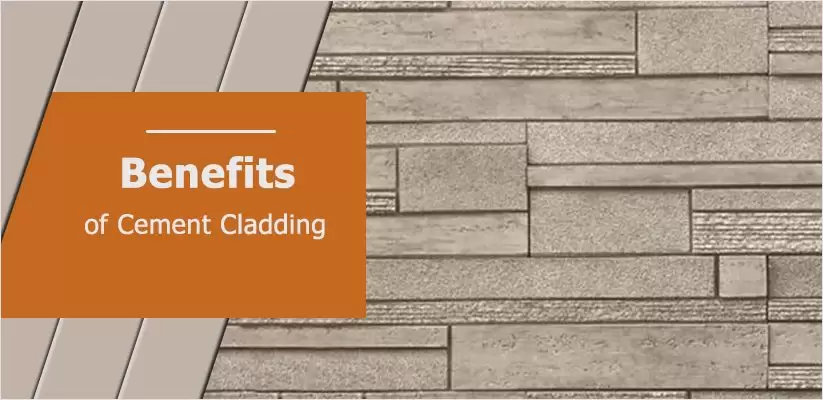
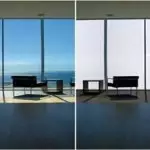
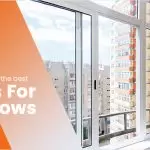
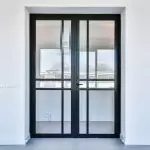


















Post A Comment